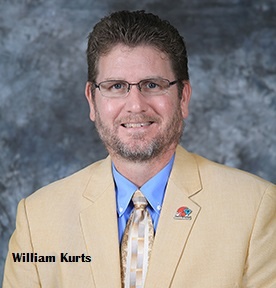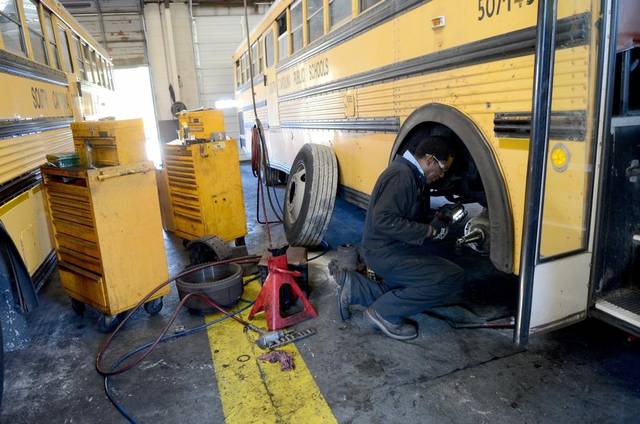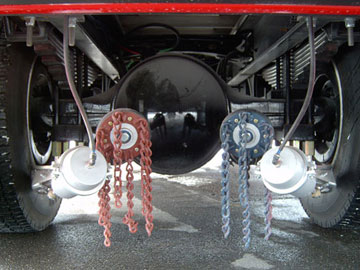While attending the Southeastern States Pupil Transportation Conference (SESPTC) in Asheville, North Carolina, I had the opportunity to meet with several school transportation directors. One of these directors, William Kurts (a member of NAPT), gave a lecture on the importance of overseeing school bus fleet maintenance. Kurts is the director of transportation for Lexington, South Carolina School District One and oversees 100 buses that run 231 routes. What follows are some timely highlights from the lecture as we approach the start of another school year.

A master maintenance schedule is a must for effective school bus fleet maintenance. This type of preventative maintenance (PM) schedule provides general guidelines for repairs and service and assures that all the buses are serviced and nothing is missed. In South Carolina an inspection of a school bus every 45 days is standard, along with an annual inspection where they will take a bus out of service for two weeks. This schedule gives the mechanics a guide on how and when to coordinate with dispatch and drivers about buses going out of service. The schedule also serves as a barometer for the mechanics and manufacturers as it monitors the frequency of any breakdowns and their causes.
A driver defect report is another useful tool to ensure effective fleet maintenance. It is the driver’s responsibility to fill out the report noting any defects with the school bus. The report helps to provide respectful communication between the drivers and the mechanics as they work together to bring awareness to any issues and correct them.

If something on the bus needs to be fixed, it is important to create a repair order (RO). Every repair order is a legal document which must be clear and concise. Every task should be noted as well as the mechanic(s) that performed the work. The repair order is necessary for budgeting as it helps to determine inventory, track costs, document recalls, evaluate brands, and assess the fleet maintenance program and its mechanics.
Last, but certainly not least, is a facility safety inspection. Similar to checking the buses, it is important to maintain and check the shop and its equipment. Hoists and lifts should be inspected, lubricated, and operated on a monthly basis. Air, electric, and hand tools should be checked, as well as tire changing equipment and safety cages. The work environment should also be clean and orderly with no trip or electrical hazards present.

Just as there are procedures for maintaining an effective school bus fleet, the same holds true for the Onspot automatic tire chain system. Although not as extensive as maintaining a fleet of buses, certain scheduled procedures and proper operation will help to keep the Onspot system working at its peak. In regard to school bus fleets and others where the chain system is left on the vehicle year round, the most important step you can take is to “exercise” the system by engaging the chains.

When the system is exercised, it helps to check all electrical components as well as the operating angles and height of the chain wheels.This procedure also helps train drivers on how the system works and is recommended to be done once a month and more often during the winter season.Finally, checking torque specs on all hardware and lubricating all grease points are two other services that should be performed at certain intervals as well.
More detailed information about Onspot maintenance and operation can be found here.

